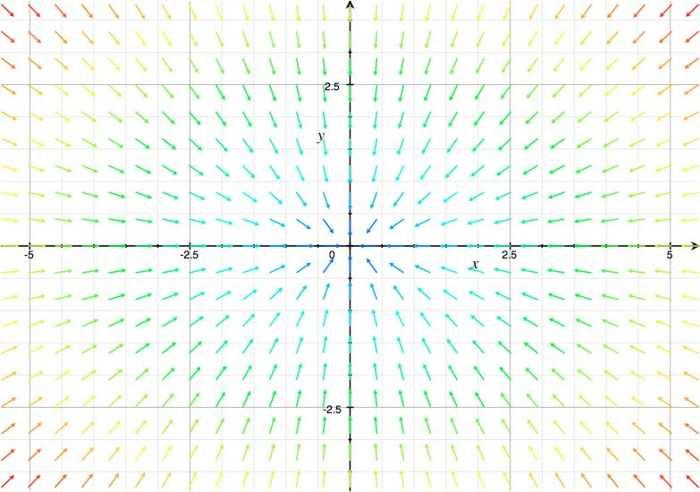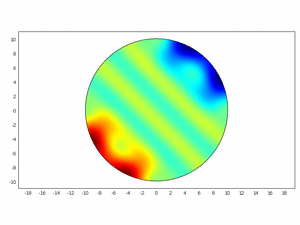Team:IPN-UNAM-Mexico/Modeling/ThirdAp
From 2009.igem.org
m (→50pxThird approach: Spatial model) |
m (→50pxThird approach: Spatial model) |
||
| Line 13: | Line 13: | ||
| - | With this system of differential equations describing the kinetic basis of the reaction and diffusion we proceeded to make a qualitative analysis of its behavior as | + | With this system of differential equations describing the kinetic basis of the reaction and diffusion we proceeded to make a qualitative analysis of its behavior by creating its vectorial field as the following 2x2 system of equations using [http://en.wikipedia.org/wiki/Grapher Grapher]. |
| - | [[Image:Eq2x2.png| | + | [[Image:Eq2x2.png|500px|center]] |
[[Image:Img05.png|700px|center]] | [[Image:Img05.png|700px|center]] | ||
Latest revision as of 23:33, 21 October 2009
 Third approach: Spatial model
Third approach: Spatial model
Afterward we described as ordinary differential equations the time change of the concentrations of PAI and AI based on the kinetic law equations, being x PAI and y AI
Here all the constants are sums or products of kinetic constants.
With this system of differential equations describing the kinetic basis of the reaction and diffusion we proceeded to make a qualitative analysis of its behavior by creating its vectorial field as the following 2x2 system of equations using [http://en.wikipedia.org/wiki/Grapher Grapher].
From this analysis we can see simply by looking at its vectorial field that it behaves as the system:
We wanted to check if this equations as chemical kinetics into a system of the reaction-diffusion dynamics can produce spatiotemporal patterns; to do this we made a simulation using [http://www.comsol.com/ ComsolMultipysics] as previously described





 "
"





